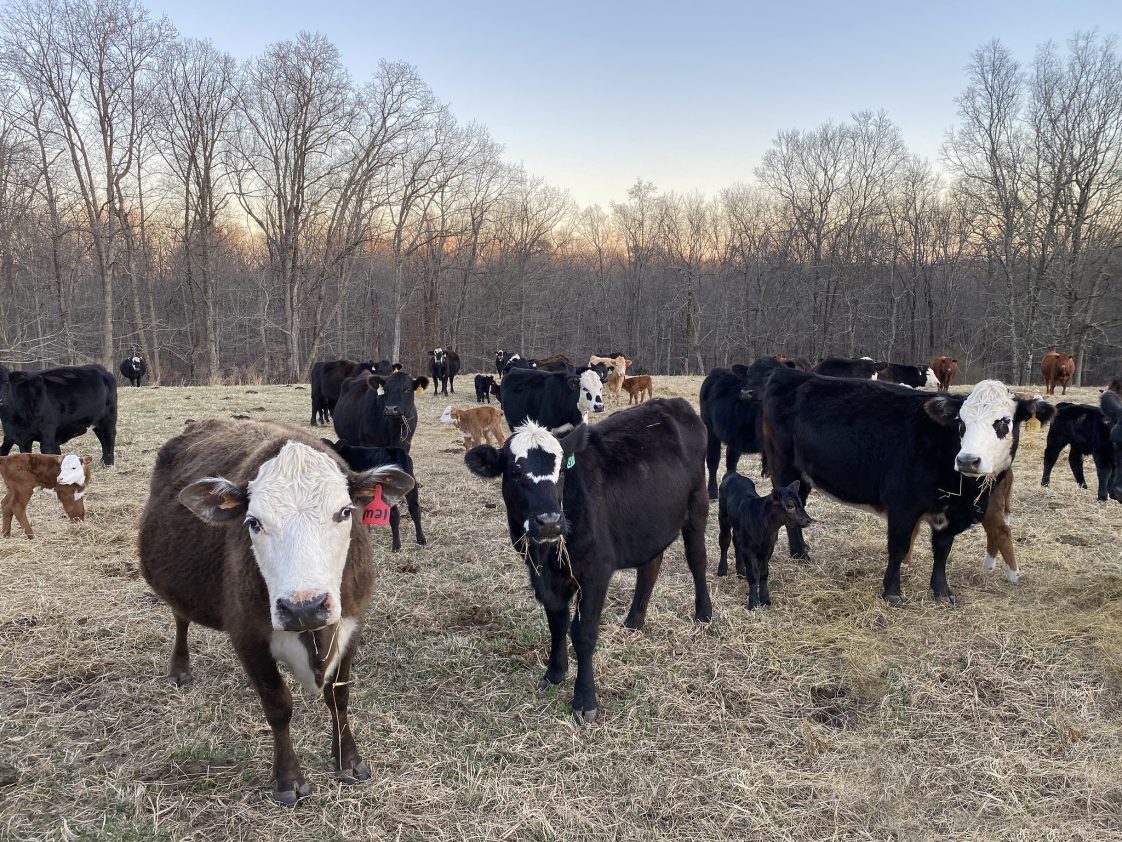Farm Management

On January 31, 2024, the United States Department of Agriculture (USDA)’s National Agricultural Statistics Service (NASS) released the January livestock inventory numbers.
All Cattle
Cattle numbers for the United States and Alabama show a continuing trend toward fewer cattle. Figure 1 shows the inventory for all cattle from 1964 to 2024. Alabama’s numbers are reflected by the bars, with the scale on the left side of the graph. The US numbers are represented by the line above the bars, with the scale on the right side of the graph. Alabama inventories follow pretty closely to the national trend. Alabama ranks 26th in most cattle in the US, but—when considering only beef cows that have calved—Alabama is 17th.
Alabama’s inventory of 1.17 million head of cattle is the lowest number of cattle since 1943. This reflects the weather conditions producers experienced over the last year, which included extremely cold weather and drought conditions that hampered grazing conditions. More expensive fertilizer costs and strong cattle prices also influenced cattle numbers to decrease in the state.

Figure 1. Alabama & US All-Cattle Inventory Per Thousand Head (1964-2024). Source: USDA NASS and LMIC.
Milk Cows
Figure 2 shows the number of milk cows that have calved in Alabama and the US. The graph reflects Alabama’s numbers on the left side (bars) and the US numbers (line) on the right side. These are 1,000 head values. It is interesting to note that while US numbers have varied slightly, the current national inventory has stabilized close to the 20-year average. However, the number of Alabama’s milk cows that have calved is at the lowest levels since inventories were first recorded in 1867.

Figure 2. Alabama & US Milk Cows that Calved Inventory (2005-2024). Source: USDA NASS and LMIC.
Goats
Figure 3 shows the milk- and meat-goat inventories in Alabama from 2005 to 2024. The milk-goat numbers are on the left side (bars) of the graph and meat-goat numbers (line) are on the right side. The number of milk goats has remained steady over the last 10 years, but meat-goat numbers are at their lowest since 2005.

Figure 3. Alabama Goat and Kid Inventory, Mike abd Meat Goats (2005-2024). Source: USDA NASS and LMIC.

